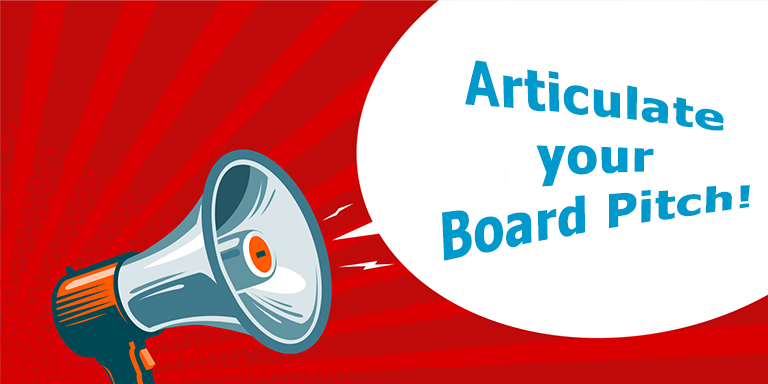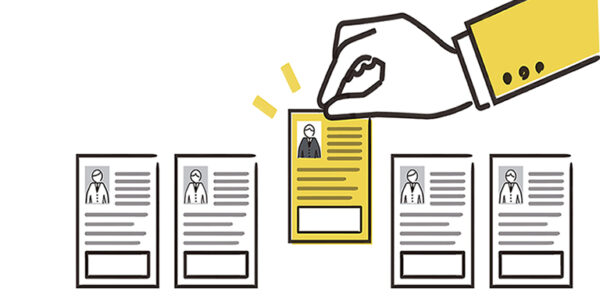How to get a board seat? The 4 ways they happen

Regardless of your location, there are four common ways to get a board seat. Some pathways and processes are formal, and others are informal. The four ways pathways are:
- Directly or indirectly through a personal or professional connection;
- By personally approaching a board or organization;
- By responding to an advertisement or
- Via an executive search firm, recruiter or headhunter.
Some of these pathways are more effective than others, and success may depend on individual circumstances at the time. However, if you are serious about gaining a board seat or establishing a board career, you must know how to navigate each. You should then consider where it is best for you to spend your time and effort. It may surprise you to discover that it is not where you are currently focussed and may be why you are not reaping the rewards.
How to get a board seat – the statistics
I regularly conduct surveys asking current board directors how they were appointed to their most recent board roles. The results are always much the same:
- 65% of people are directly appointed to a board through a personal or professional connection;
- 15% were appointed directly after approaching the organization or board that they wanted to sit on;
- 10% were appointed via a recruiter or recruitment firm, and
- 10% were appointed after they responded to an advertisement.
These statistics are open to some ambiguity. It is possible that a candidate found out about the role via a personal connection but still had to work with a recruiter to obtain the board seat. It is also often the case that those appointed via a recruiter initially saw the role advertised online or on LinkedIn. These statistics may also vary depending on location, industry and compliance regulations.
These statistics’ clear takeaway is that your personal and professional connections matter if you want to get a board seat. While 65% of respondents said that their appointment was a direct result of a personal or professional connection, the right connections have also played a pivotal role in the other three pathways to a board seat.
Most successful independent directors tell me that their reputation and the people they know facilitate their success.
Supporting the statistics
Mark Granovetter’s book “Getting a Job” examined how almost 300 executives in the USA found their executive roles. He found that :
- 56% of executives found their current jobs via personal connections
- 19% by directly approaching companies
- and 17% through adverts and/or recruiters
Yes, this study is old, but even with more recent studies, the statistics remain reasonably constant regardless of technology and the impact of social media. Time and time, the old saying holds true—it’s not what you know but who you know. These studies also demonstrate that social activity influences labour markets.
How should you best spend your time to get a board seat
These studies and statistics provide insights into not only the various pathways of the board appointment process, but also how you should be allocating your time and efforts.
If you are one of the many who are disheartened by responding to advertised board roles, submitting application after application and not making the cut for an interview, it may be time to do things differently. Not only do the statistics show that this is not the most successful way to get a board seat, but this pathway is by far the most competitive.
Whilst the studies above are not perfect, they clearly show that board directors who focus on developing their networks are likelier to get a board seat. Personal and professional connections, through recommendations, advice and references, have a role in all four pathways to a board seat.
Right now, I know that many of you have reservations because you think you do not have the proper connection or consider yourself a poor networker. Let me put some of those fears to rest. Firstly, you should focus on your informal connections or weak ties to get a board seat. It is often their 2nd or 3rd-level connections that count. The person with whom you have a relaxed conversation is also having conversations with decision-makers and stakeholders. Developing and maintaining the right weak connections is not difficult, and it is something that I teach in the Board Appointment Coaching Program.
Related Articles
How to Impress a Board Recruiter: A guide
About the Author
David Schwarz is CEO & Founder of Board Appointments. He has over a decade of experience in putting people on boards as an international headhunter and recruiter. He has interviewed hundreds of directors and placed hundreds into some of the most significant public, private and NFP director roles in the world.







Responses